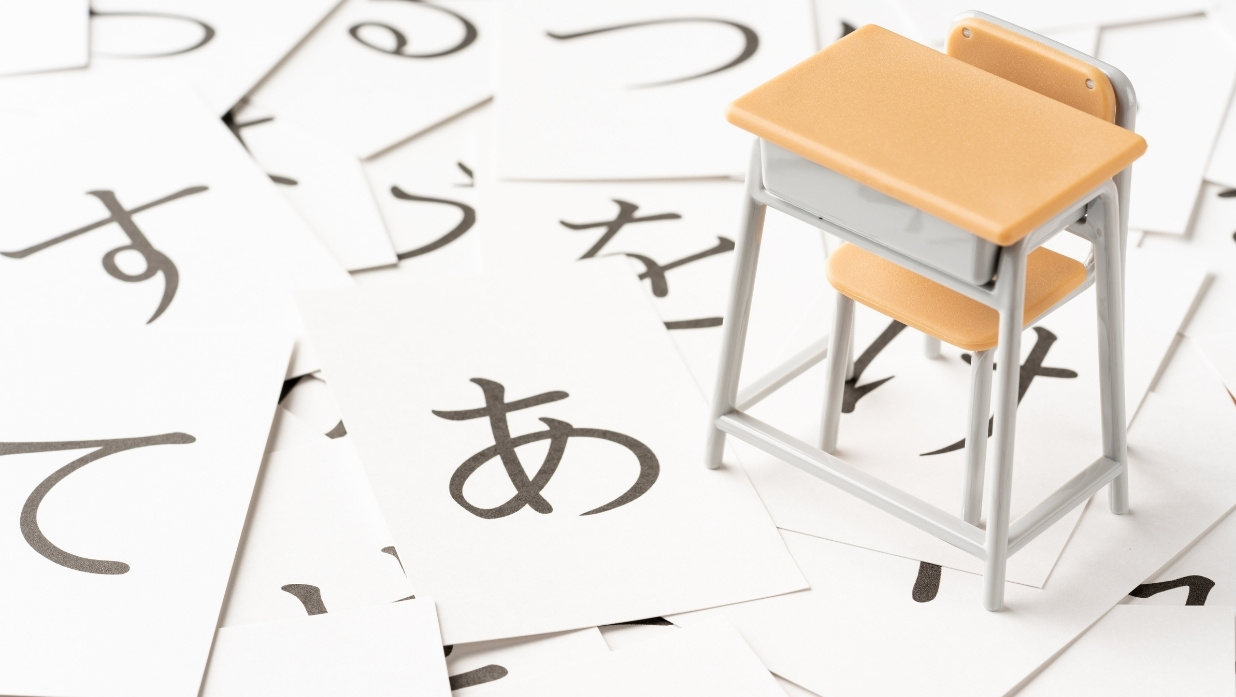An Introduction to Japanese Keigo
A foreigner’s guide to Japanese honorific, humble and polite forms.

A foreigner’s guide to Japanese honorific, humble and polite forms.

Have you ever wondered how to describe a position in Japanese? Picture this: you’re wandering through the busy streets of Tokyo and want to ask a local which way leads to the nearest train station. Or maybe you’re sitting in a Japanese classroom, and the teacher is giving directions like “Look up,” “Turn right,” or […]

This week Nezu San will teach us about Japanese Haniwa Pottery

This blog will teach you how to use Daijobu / Daijoubu in Japanese. It lists 20 different ways that you can use daijobu / daijobu in Japanese with example sentences. So if you are looking for a quick reference that can teach you many ways of using this popular Japanese phrase – this is the blog for you!

Learning Japanese can feel overwhelming at first, but mastering basic greetings and essential vocabulary is a great way to start. Whether you’re planning a trip to Japan, interacting with Japanese speakers, or just curious about the language, these words and phrases will help you build a solid foundation. At Coto Japanese Academy, we specialize in […]

How to Ask Fundamental Questions in Japanese: Who, What, Where, and More? More commonly known as the 5W’s and 1H, these are more or less the essentials to almost every language when it comes to asking questions. In this blog, we’ll cover how to express who, what, when, where, why, and how in Japanese! Who […]

Learn about the word Senpai and its meaning in Japanese and English in this latest A-I-U-E-O Learning Blog.

There are four basic Japanese greetings, or aisatsu (挨拶), that can be used at different times of the day. If you’re starting to learn Japanese, this will be the first thing you’re introduced to. After all, you don’t want to accidentally claim “Good morning” in the middle of the night or say “Have a good […]

About this week’s Author: Mr. Matsumoto, was a junior high school Japanese teacher for 23 years before joining Coto Language Academy. Therefore, he is a Japanese language pro. He currently teaches Coto’s Intensive Courses (intermediate and advanced), Business Courses and the Part Time N1 grammar and reading classes. He is also involved in developing teaching materials at Coto.

Japanese Rock Paper Scissors In Japan, “rock paper scissors” is referred to as “じゃんけん”(Janken).Although it is called different names in different places, the rules of the game are the generally same in every country.In Japan – Rock, Paper, Scissors – or Janken is used to settle disagreements, select participants, and determine the order in which […]
